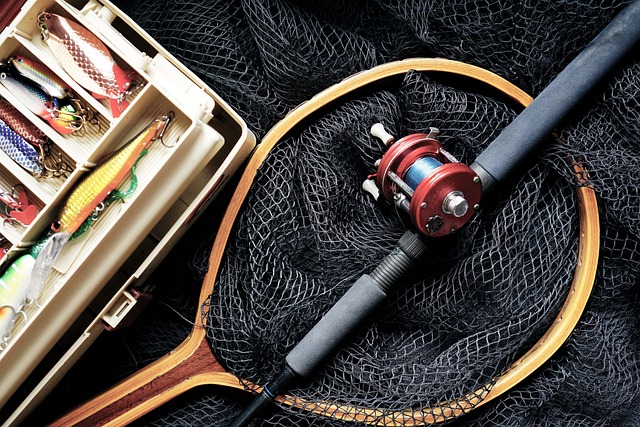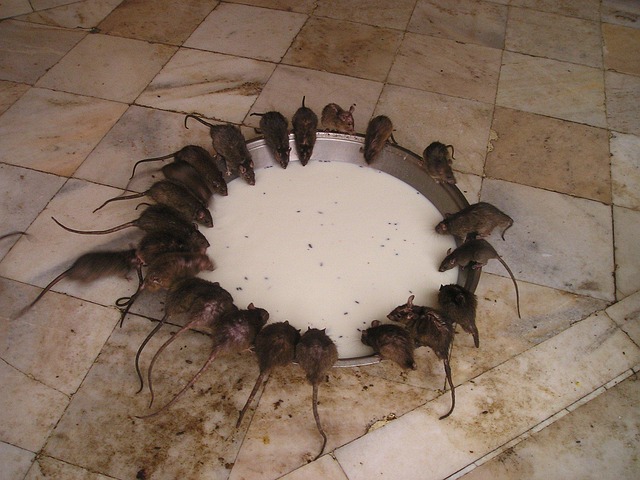To select a Rat Rod for restoration, research classic car sources for 1940s-50s traits like simple designs and sturdy construction. Deconstruct the chosen rod meticulously to assess condition and plan rebuilding. Use vintage or custom rats as a base, addressing rust with specialized techniques. Revive the engine with modern accessories while preserving classic charm. Enjoy the blend of historical preservation and customization in Rat Rod restoration.
Uncover the art of classic car restoration with this comprehensive guide. Whether you’re a seasoned mechanic or an enthusiastic hobbyist, learn the secrets to breathing new life into vintage vehicles. From selecting the perfect Rat Rods and meticulous disassembly, to intricate metalwork and powerful engine revitalisation, each step is broken down for successful restoration. Master the process, bring your dream car back to its former glory, and hit the open road in style.
- Choosing the Perfect Rat Rod: Tips for Selection
- Deconstructing Your Car: A Step-by-Step Disassembly
- Restoring the Body: Techniques for Metalwork Magic
- Engine Revival: Bringing Classic Power Back to Life
Choosing the Perfect Rat Rod: Tips for Selection

When selecting a Rat Rod for restoration, it’s essential to focus on authenticity and quality. Start by researching classic car publications and online forums to understand the defining characteristics of original Rat Rods from the 1940s and 50s. Look for vehicles with simple, functional designs, minimal trim, and sturdy construction—hallmarks of these iconic hot rods. Consider a model that was popular during that era, such as a Ford Model A or B, or a Chevrolet Stylemaster or Bel Air, as these often have the desired aesthetic and mechanical components.
Additionally, assess the car’s condition carefully. While some restoration is almost always required, aim for a vehicle with sound structural integrity and minimal rust. Check underbody components, frame, and chassis for signs of wear and tear. Keep in mind that Rat Rod fuel efficiency isn’t typically a primary concern, but prioritizing a reliable engine and proper bodywork will ensure a more enjoyable restoration process and a lasting result, especially considering the need for vintage hot rod insurance later on.
Deconstructing Your Car: A Step-by-Step Disassembly

Deconstructing Your Car: A Step-by-Step Disassembly
Before diving into the restoration process, it’s crucial to understand that a successful classic car restoration begins with meticulous deconstruction. This involves carefully taking apart various components of your selected rat rod—a popular choice among hot rod hobbyists. Start by removing the engine and transmission, as these are the heart and soul of your vehicle. Next, dismantle the body panels, framing, and suspension to gain access to hidden areas needing attention. This step may require specialized tools and knowledge, especially when dealing with vintage auto body shop rat rods known for their unique construction.
As you disassemble, document each part’s condition and location for reference later in the restoration process. The hot rod hobbyist community emphasizes the importance of proper labeling and organization to ensure a seamless rebuild. Remember, deconstructing your car thoughtfully will make the rebuilding process smoother and more accurate, resulting in a beautifully restored rat rod that meets your expectations.
Restoring the Body: Techniques for Metalwork Magic

Restoring a classic car involves much more than just polishing and painting. When it comes to the body, especially with iconic rat rod styles, the focus shifts to meticulous metalwork. The process begins by selecting the right rats—vintage or custom-made—to ensure you have the foundation for recreating original rat rods. These sturdy platforms are then meticulously prepared, with any rust or damage addressed through specialized techniques.
For those looking to dive into custom metal work for rat rods, the key lies in patience and precision. Sanding, priming, and painting are crucial steps after repairing or replacing panels. The end goal is a seamless blend of old and new, honoring the spirit of restoring classic American cars while infusing modern restoration techniques that ensure longevity and an authentic, show-worthy finish.
Engine Revival: Bringing Classic Power Back to Life

Restoring a classic car involves much more than just polishing the exterior and updating the interior. One of the most crucial aspects is reviving the engine, which can be a complex yet rewarding process. For those looking to dive into the world of rat rod customization, selecting the right components is essential. The engine is the heart of any vehicle, so ensuring it’s in top condition is paramount.
Starting with a thorough inspection, you’ll want to identify any necessary repairs or replacements. Modern rat rod accessories online offer a wide range of options for both stock and custom builds. From high-performance parts to period-correct components, there are numerous ways to enhance the engine’s performance while preserving its classic charm. Whether you’re a seasoned mechanic or a novice restorer, restoring old rat rod cars can be an exhilarating journey that combines historical preservation with innovative customization.
In the world of classic car restoration, selecting the perfect rat rod is just the beginning. Deconstructing and restoring your chosen vehicle involves meticulous care and expert techniques, from disassembly to metalwork magic. Once the body is revitalized, engine revival brings classic power back to life, transforming your rat rod into a symphony of history and craftsmanship. Remember that choosing the right Rat Rods is key, as it sets the stage for the entire process. So, take a dive into these comprehensive guides, and get ready to embark on a journey that will restore your classic car to its former glory.
